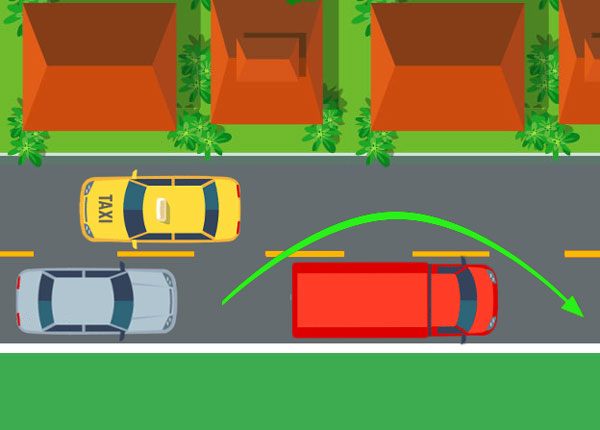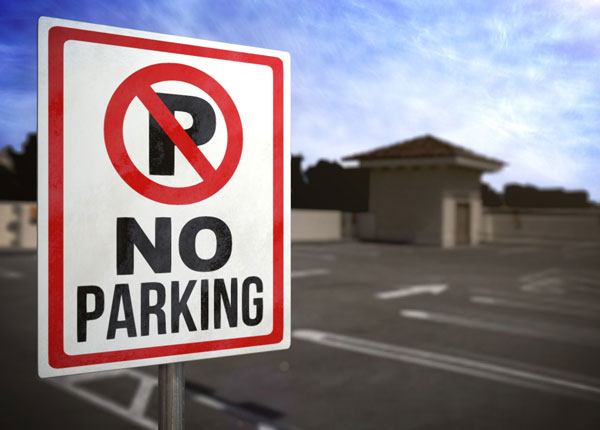
How to Pass Another Vehicle: Step-by-Step Instructions
Updated Nov. 16, 2020When learning to pass another vehicle, the most important skill that new drivers must develop is accurately judging whether there is enough space to pass safely. Overestimating how much room you have could cause a serious collision. When passing at highway speeds, drivers need a 10 to 12-second gap in opposing traffic to execute the maneuver safely. During this gap, you will travel approximately 800 feet, or one-third of a mile.
Accurately judging the speed of oncoming vehicles more than 800 feet away is not easy! The number-one rule when passing another vehicle is: ALWAYS play it safe. If you are not completely confident that you have enough space to pass, do not attempt it. In addition to opposing traffic, you must make sure there are no hazards on the road which may stop you from passing safely.
Safety aside, drivers must make sure it is legal to pass another car before doing so. Check for “NO PASSING ZONE” and “DO NOT PASS” signs on the road. You must also learn which pavement markings indicate that passing is prohibited. We discuss passing rules and restrictions in the “illegal passing” section of this guide.
Step-by-step instructions
If you are certain it is safe to pass another vehicle, do so with strict adherence to these step-by-step instructions:
- 1

Check the road ahead for hazards and oncoming vehicles.
Do not drive close behind the driver you intend to pass while doing this, as it will limit your view. Maintain a safe distance, do not tailgate and do not attempt to pass if there is any opposing traffic less than 800 feet ahead. - 2

When it is safe to pass, activate your left turn signal to communicate your intention to road users behind you.
It is not recommended that you use hand signals at highway speeds, as it will limit your control of the vehicle. If your signal lights are not functioning, do not attempt to pass. - 3

Check behind your vehicle using rear-view and side-view mirrors.
Turn to check your car’s blind spots. - 4

If there are no vehicles traveling in either direction which may interfere with you passing, accelerate and move into the adjacent lane.
In some states, it is a legal requirement to sound your horn to warn the driver in front that you intend to pass. Check your driving manual to find out if this rule applies to you. NEVER use your headlights to signal your intention to pass to the driver ahead of you, as you may blind them and cause an accident. - 5

Pass the vehicle in the adjacent lane.
Do not move back into your lane as soon as you have passed them; you need to move a safe distance ahead first. - 6

You may merge back into your own lane when both headlights of the vehicle you passed are visible in your rear-view mirror.
This applies to regular-sized passenger vehicles. You must travel further before merging if you have passed a large truck or another heavy-weight vehicle. Where large vehicles are concerned, you must take extra care to make sure you have space, as they will not be able to slow-down suddenly if you pull in front of them too soon. - 7

Activate your right turn signal to communicate your intention to merge back into your lane.
- 8

Merge back into your lane while maintaining the same speed.
Do not slow down or brake having re-entered your lane, as you may be rear-ended by the vehicle behind you. Turn off your indicator as soon as you are centered in the lane.
When the vehicle you are passing increases speed
Speeding up while being passed by another driver is incredibly dangerous and illegal in many states. Despite this, some irresponsible drivers have been known to increase their speed to prevent another motorist from passing them. If this happens to you while you are attempting to pass another vehicle, do not panic and do not try and race them. Instead, merge back into your lane without passing. Be sure to signal right as you merge back to your original lane, particularly if there were vehicles behind you that may try to close the gap you created.




